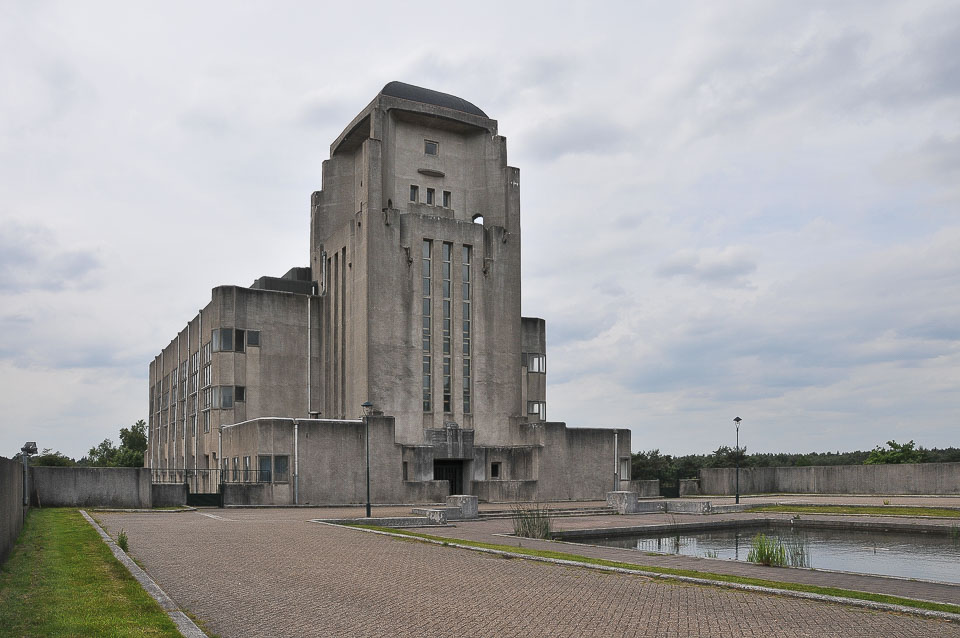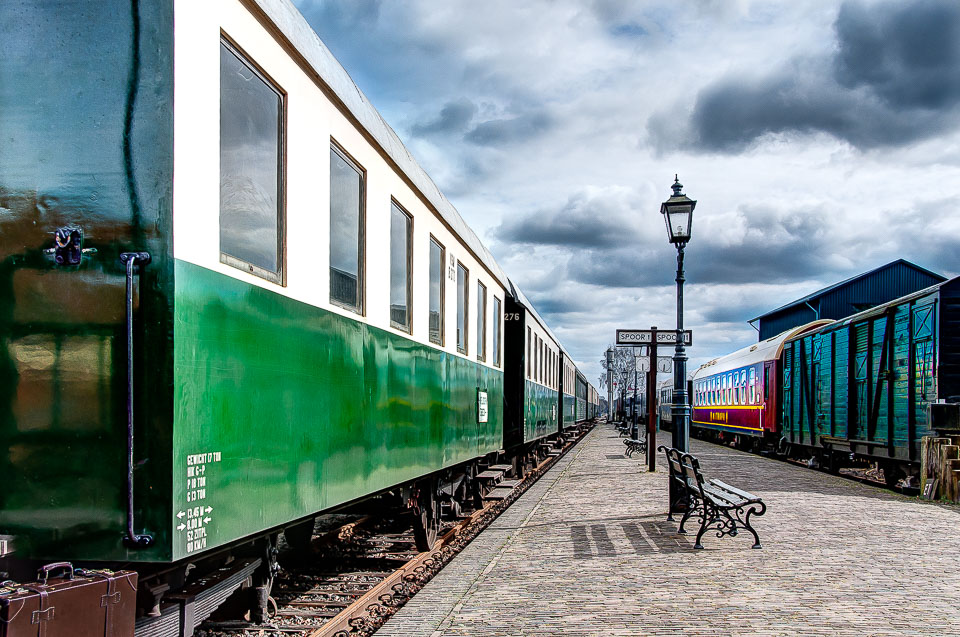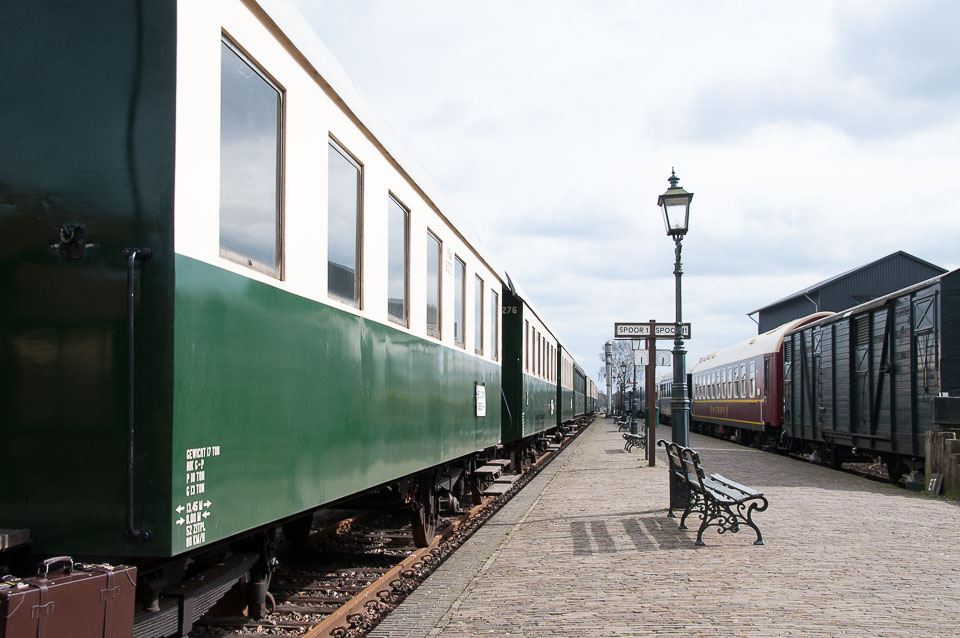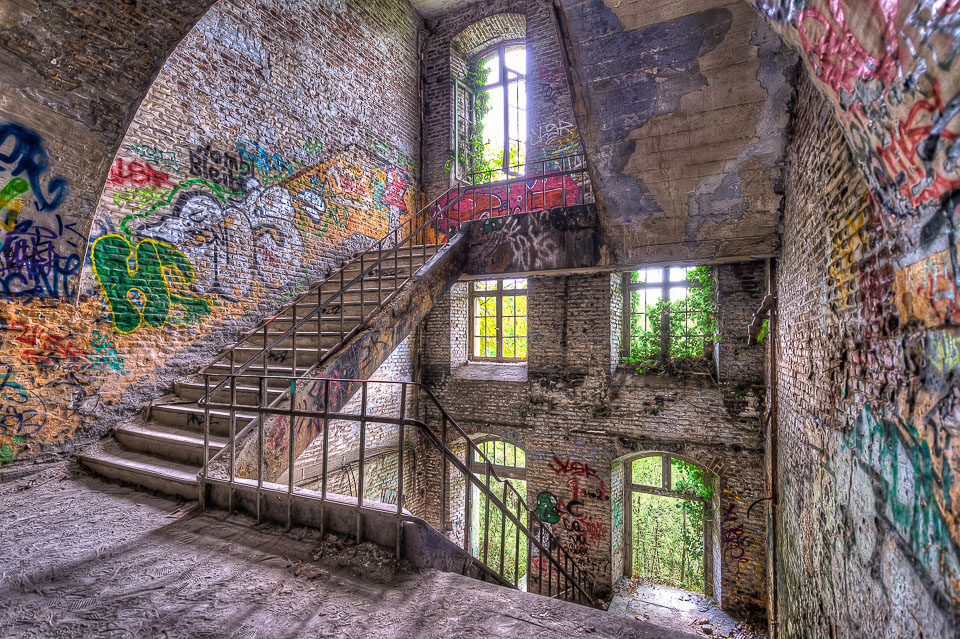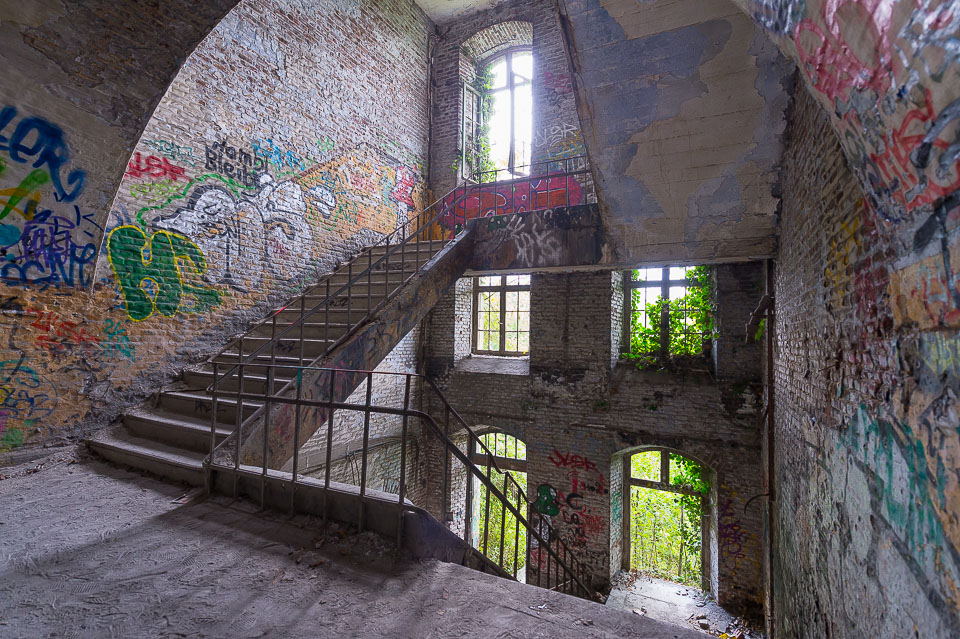The human eye can see much more details than a camera sensor, especially in a contrast-rich situation.
If you look through the living room you can see details in the vicinity of a light window as well as in a dark shadow in the back of the bookcase. However, the camera has more difficulty with this, dark parts are rendered completely black faster, light parts are completely white. When determining the exposure you make a choice for the part of the photo that should definitely be well exposed.
HDR stands for High Dynamic Range. It is a post-processing method that can dramatically extends the visible dynamic range in the photo. This is done by taking a number of photos (with a tripod) of the same scene with different exposures. With special software, the photos are merged into one photo that shows both details in the dark parts and in the light parts. Many settings can be changed, with which you can develop your own style.
The end result is not a compromise, but shows all the details within a scene. With the help of the HDR technique you can ensure that in a photo of a mountain landscape both the special colors of the sky and the small details in the dark foreground of the landscape are clearly visible. A characteristic of an HDR photo is also that the structure of bricks, tree bark and metal, for example, can become much clearer.
Move the white center bar to the right or to the left to see the difference between an HDR (left) and a single photo (right).
Het menselijk oog kan veel meer details zien dan een camerasensor, zeker in een contrastrijke situatie. Als je door de huiskamer kijkt kun je zowel details zien in de buurt van een licht raam als in een donkere schaduw achterin de boekenkast. De camera heeft hier echter meer moeite mee, donkere delen worden sneller volledig zwart weergegeven, lichte delen volledig wit. Bij het bepalen van de belichting maak je een keuze voor het deel van de foto wat zeker goed belicht moet zijn.
HDR staat voor High Dynamic Range oftewel Hoog Dynamisch Bereik. Het is een nabewerkingsmethode waarmee het zichtbare dynamisch bereik in de foto dramatisch kan worden uitgebreid. Dit wordt gedaan door een aantal foto’s te maken (met statief) van dezelfde scène met verschillende belichtingen. Met speciale software worden de foto's samengevoegd tot één foto die zowel details in de donkere delen als in de lichte delen laat zien. Daarna zijn nog vele instellingen te veranderen, waarmee je een eigen stijl kunt ontwikkelen.
Het eindresultaat is geen compromis, maar laat alle details binnen een scène zien. Met behulp van de HDR-techniek kun je er dus voor zorgen dat in een foto van een berglandschap zowel de bijzondere kleuren van de lucht, als de kleine details in de donkere voorgrond van het landschap duidelijk naar voren komen, waar je in andere situaties een hele donkere voorgrond, een silhouet of een wit uitgebeten lucht zou zien. Kenmerkend van een HDR-foto is ook dat de structuur van onder andere bakstenen, boomschors en metaal veel duidelijker uitkomen.
Verschuif de witte middenbalk naar rechts of links om het verschil te zien tussen een HDR- (links) en een enkele foto (rechts).

